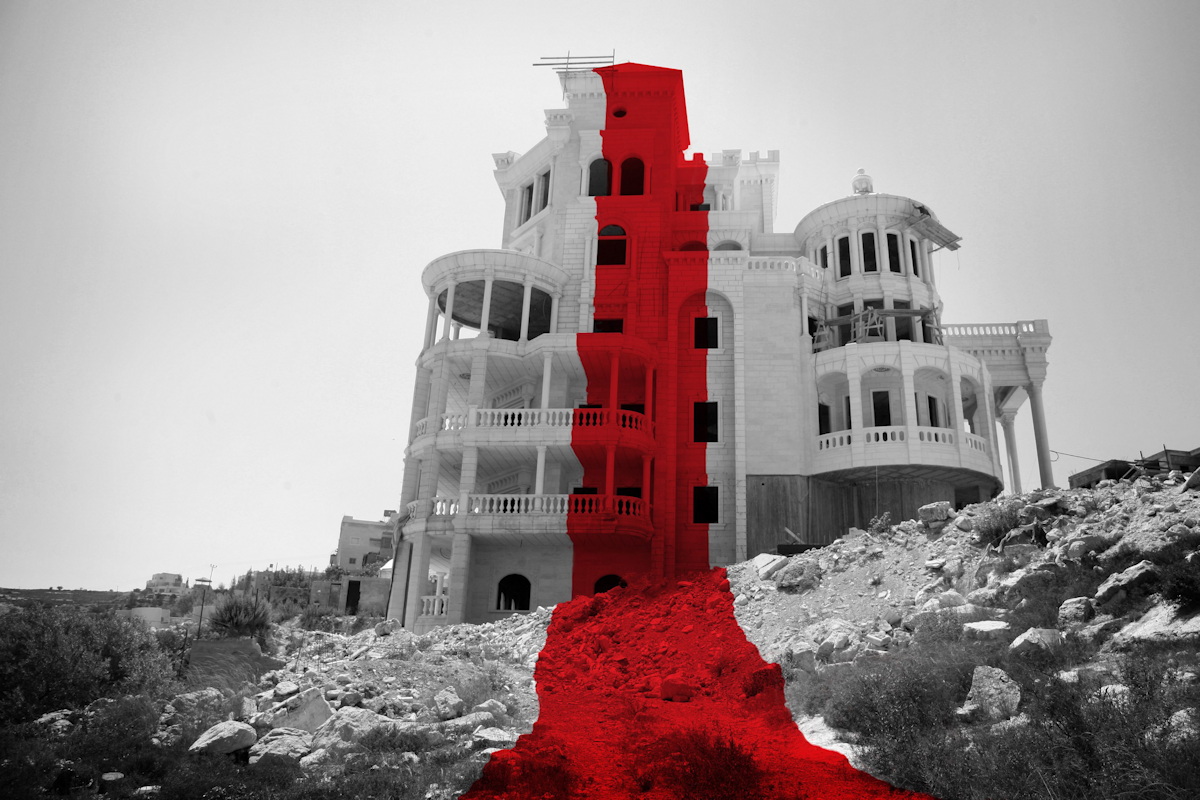Daar
Decolonizing Architecture
Voir le projet
Decolonizing Architecture is a project initiated by Alessandro Petti, Sandi Hilal and Eyal Weizman in 2007. Set up as a studio/residency program in Beit Sahour, Bethlehem and recently re-established as the Decolonizing Architecture/Art Residency (DAAR), they engage spatial research and theory, taking the conflict over Palestine as their main case study. Decolonizing Architecture seeks to use spatial practice as a form of political intervention and narration. Their practice continuously engages a complex set of architectural problems centered around one of the most difficult dilemmas of political practice: how to act both propositionally and critically within an environment in which the political force field, as complex as it may be, is so dramatically skewed. ‘Inhabit the city’. Take possession of a space. Make it lively when it was abandoned. Reconnect the building with the history of its environment. Make the constructions places of resistance. Exploit the potential of an apparently deserted area… These are the kinds of deliberations the “Decolonizing Architecture, Art Residency” (DAAR) collective of architects, working in Gaza, try to develop through its projects. In the conflicting Palestinian-Israeli environment, the three founders of the DAAR initiative, the Palestinian Sandi Hilal, the Italian Alessandro Petti and the Israeli Eyal Weizmann, decided to unite their capacity of creation to put in question the zone’s existing dynamics of destruction and construction. Since 2007, they are the forerunners in the process of “Decolonization” through architecture and they have located their area of action in the occupied Palestinian territories. Their artistic answer to the Israeli invasion of the Palestinian lands is not the destruction but the re-use and appropriation of the Israeli’s edifices. By the originality of its reasoning, the DAAR collective raises essential questions: how can artists appropriate the space of the city in a conflicting environment? How can architecture bring a new insight on the Israel and Palestine conflict? To what extent is an artistic practice useful to the local situation?
DAAR is an art and architecture collective and a residency programme based in Beit Sahour, Palestine. DAAR’s work combines discourse, spatial intervention, education, collective learning, public meetings and legal challenges. DAAR’s practice is centred on one of the most difficult dilemmas of political practice: how to act both propositionally and critically within an environment in which the political force field is so dramatically distorted. It proposes the subversion, reuse, profanation and recycling of the existing infrastructure of a colonial occupation. DAAR projects have been shown showed in various biennales and museums, among them Venice Biennale, the Bozar in Brussels, NGBK in Berlin, the Istanbul Biennial, The Architecture Biennale Rotterdam, Home Works in Beirut, Architekturforum Tirol in Innsbruk, the Tate in London, the Oslo Triennial, the Centre Pompidou in Paris and many other places. DAAR’s members have taught lectured and published internationally. In 2010 DAAR was awarded the Price Claus Prize for Architecture, received Art initiative Grant, and shortlisted for the Chrnikov Prize.
